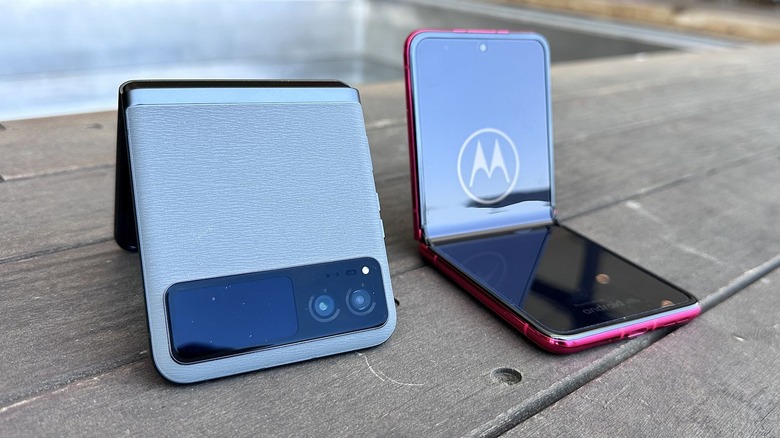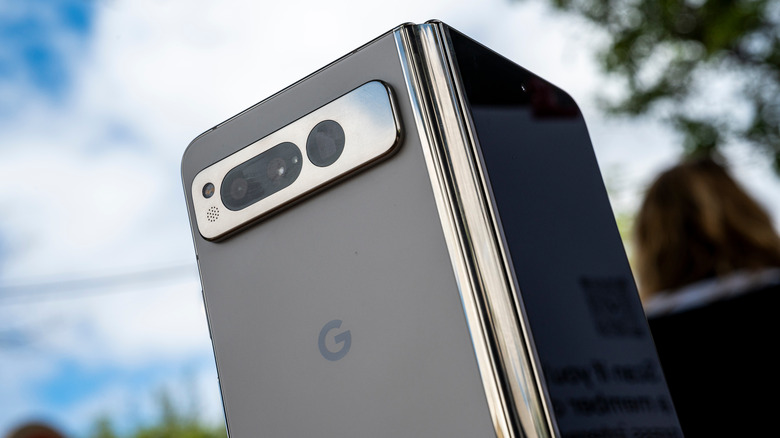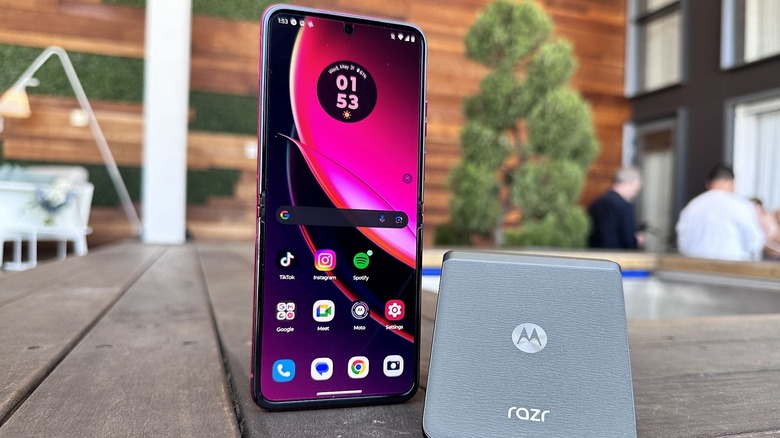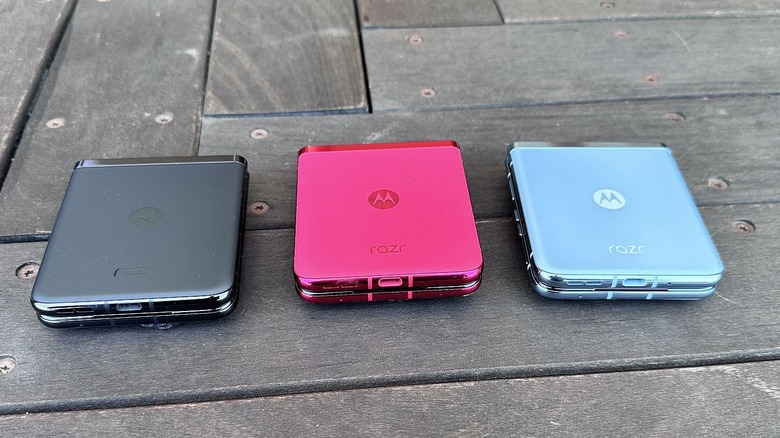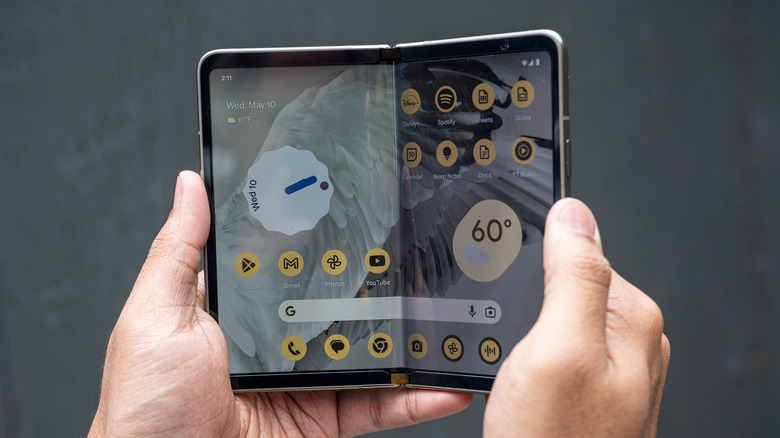Motorola Razr+ Vs. Pixel Fold: Which New Foldable Phone Reigns Supreme?
The foldable smartphone space has witnessed much change in the past year. While Samsung continues to dominate the segment with its comprehensive, polished lineup of Galaxy Z Fold and Flip devices, things have gotten interesting since Google officially entered the space last month with the Google Pixel Fold. Fast forward a month, and we have a new entrant into the foldable space after Motorola took covers off its Razr foldables. As outlined in our detailed launch article, Motorola's 2023 foldable phones include the flagship Motorola Razr+ and the vanilla Motorola Razr.
Given that these are the newest foldable phones on the market, comparisons are inevitable and often necessary. But which of these two foldables offers you, the consumer, the best combination of specs, performance, and features? What are the reasons you should choose one over the other? Given that these two devices feature different form factors, does a direct comparison make sense? This is what we set out to find.
Motorola Razr+ vs. Pixel Fold: They fold different
If you're considering these devices, know that their form factors are very different. While the Motorola Razr+ is a sleek, clamshell device, the Pixel Fold is a full-size foldable phone. While not as large as the Galaxy Z Fold 4, the Pixel Fold is quite hefty, weighing 283g. The Motorola Razr+, on the other hand, is significantly smaller than the Pixel Fold, a fact reflected in its 183g weight, exactly 100g less, a significant amount in the world of smartphones.
The different form factors also mean very different displays. While both the devices come with a cover screen, the one on the Pixel Fold is a fully functional 5.8-inch OLED display that can be used as a regular smartphone. On the other hand, the Razr+'s smaller 3.6-inch pOLED cover display acts more like an accessory to the primary display. The Razr's interior panel supports refresh rates of up to 144Hz and can go up to 1100 nits in brightness.
The Pixel Fold's primary foldable display is nearly tablet-sized, measuring 7.6 inches in the unusual 6:5 aspect ratio. This OLED panel boasts a resolution of 2208 x 1840 and has a 120Hz refresh rate. The Motorola Razr+'s unfolded pOLED display measures 6.9 inches and has a more traditional 22:9 aspect ratio. It has a resolution of 2640 x 1080 pixels with support for HDR10+. The Razr+'s display is as bright as the one on the Pixel Fold and goes up to 1400 nits.
Motorola Razr+ vs. Pixel Fold: How different is the hardware?
While it is a 2023 device, Motorola has decided to equip its latest foldable with a chipset from 2022. The Snapdragon 8+ Gen 1 chip from last year is no slouch, but it is still not Qualcomm's latest. The average user may not notice major performance issues with the Razr+, but the fact that it is using a slightly older chip may concern some users. It's a similar story with the Pixel Fold, given that Google has equipped the device with the same Tensor G2 chip that powers the Pixel 7 devices launched in 2022.
Despite being the newer chip of the two, the Tensor G2 is generally considered less powerful than the Snapdragon 8+ Gen 1 chip. There are several reasons for this, starting with the fact that the Qualcomm chip is based on a more efficient 4nm manufacturing process than Tensor's 5nm. In addition, the Snapdragon's Adreno 730 GPU offers better graphical performance than the Tensor G2's 7-core Mali G710. This, on paper, should translate to better gaming performance on the Motorola Razr+. In most benchmark tests, the Snapdragon 8+ Gen 1 also fares much better than the Tensor G2.
The one area where the Tensor G2 comes out on top is its Image Signal Processor. Google has long been the leader in computational photography, and Google's custom ISP on the Tensor G2 should perform better than the one on the Razr+.
Motorola Razr+ vs. Pixel Fold: How good are the cameras?
Given Google's track record, the Pixel Fold is the clear favorite for camera performance. Bolstering the Pixel Fold is that it now gets newer camera hardware as well. It has three rear-facing cameras, including a primary 48MP sensor with OIS and twin 10.8MP sensors dedicated to ultrawide and telephoto photography. Google has also equipped the device with two additional cameras — a 9.5MP front-facing camera designed to be used with the external cover display and an 8MP fixed focus camera found on top of the inner foldable display.
Motorola built the Razr+ with three camera sensors. The primary 12MP sensor with OIS support is located alongside the phone's external cover display, and it is joined by the secondary 12MP ultrawide camera with a 108-degree field of view. These external cameras can turn into selfie cameras when the device is folded. In this mode, the Razr+'s external display transforms into a viewfinder. The phone also allows consumers to take a traditional selfie using a dedicated 32MP hole-punch camera at the top center of the main foldable display when fully unfolded.
While it's too early to pass a verdict on the camera performance of both of these devices, our money is on the Pixel Fold unless Motorola springs a surprise.
Motorola Razr+ vs. Pixel Fold: Which one to buy?
As outlined earlier in this article, the Motortola Razr+ and the Google Pixel Fold have different target audiences. While the Razr+ may appeal to someone seeking a compact folding phone with some interesting party tricks, the Google Pixel Fold is a more "serious" device that may appeal to someone who doesn't mind carrying a relatively bulky device all day. A more apt rival to the Pixel Fold would be the Samsung Galaxy Z Fold 4. Likewise, most consumers considering the Motorola Razr+ should also check out Samsung's Galaxy Z Flip 4 — which is more of a direct competitor because of its form factor.
Lastly, it is also essential to consider the price difference between these two devices. With a starting price of $1799 for its base version, the Pixel Fold is almost twice as expensive as the Razr+, which starts at $999. Motorola has confirmed that the Razr+ will be available for pre-order beginning June 16, 2023, with general availability expected on June 23. The Pixel Fold is open for pre-order, but Google has yet to confirm general availability for the device.
